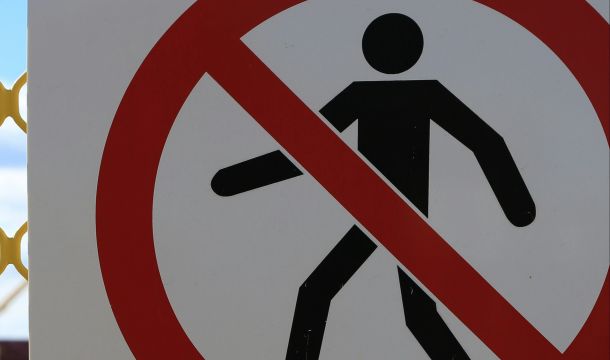Trump Issues Executive Order to Improve Economy by Getting Persons off Welfare and into Employment
The percentage of working-age Americans actually working has significantly dropped over the last 10 years. At the same time, unemployment rates are dropping to a modern low, approximately 4%, and are expected to drop to around 3.5% over the next year. America needs workers, and workers need jobs to improve their income and self-image.
About 80% of federal government agricultural expenses go for food stamps, and in 2017 the federal government alone spent more than $700 billion on low-income assistance. In comparison, federal spending was only about $545 billion for defense and $725 billion for Social Security. Almost 110 million Americans received some sort of low-income welfare in 2011. In contrast, during that same time period, there were only about 106 million Americans working full-time.
The last major effort at welfare reform was enacted in 1996, and promoted by President Bill Clinton. More recent favorable results are shown by the experience in Kansas. A foundation reported that Kansas tracked 6,000 families who moved off welfare and went to work in 600 different industries, and incomes on average more than doubled over a year.
Some oppose welfare reform because they say any recipients already work or such reforms would hurt low-income individuals. Others say those who stopped receiving welfare benefits because of a work requirement either have refused to work or train for work or no longer need assistance, the latter being a real success story.
Welfare programs can include a combination of food stamps, housing support, child care, Medicaid and other benefits. Currently, the food stamp program has work requirements for most able-bodied people aged 18-49, but there are many exemptions and waivers operable in various states. Under Congressional proposals in the farm bill, able-bodied adults between and 18 and retirement, without young children, would have to work to be eligible for food stamps or in the alternative would be required to take a minimum of 20 hours a week of new job training classes. Some half-dozen states have already instituted work requirements for the receipt of Medicaid benefits.
More recently, on April 10, 2018, President Trump signed an executive order with the theme of "reducing poverty in America by promoting opportunity and economic mobility." Among other things, the federal government would enforce welfare work requirements that are already required by law. States and localities would be given flexibility to create, revise and evaluate innovative programs to get people off welfare and into employment, and the relevant agencies would establish metrics that measure outcomes so that the agencies administering welfare programs can be held accountable. There would be a clearing house so that the agencies could evaluate successes of such reforms as well as failures, and certain information would be available to the states and localities that can benefit and adopt best practices. Agencies would be required to view their programs not currently requiring work for receipt of benefits or services to determine whether enforcement of a work requirement would be appropriate. Initial steps are supposed to be taken by the agencies within 90 days of the executive order.
Related Content
Get Email Updates

TPS Update (as of 9/3/2025)

DOL To Shut Down OFCCP and Transfer Duties to EEOC

Meaning of Supreme Court Ruling Limiting Nationwide Injunctions in Birthright Case

In Spite of Adminstration Changes, Monitoring of the Workplace Continues to Create Legal Issues

The Importance of Corporate Culture



